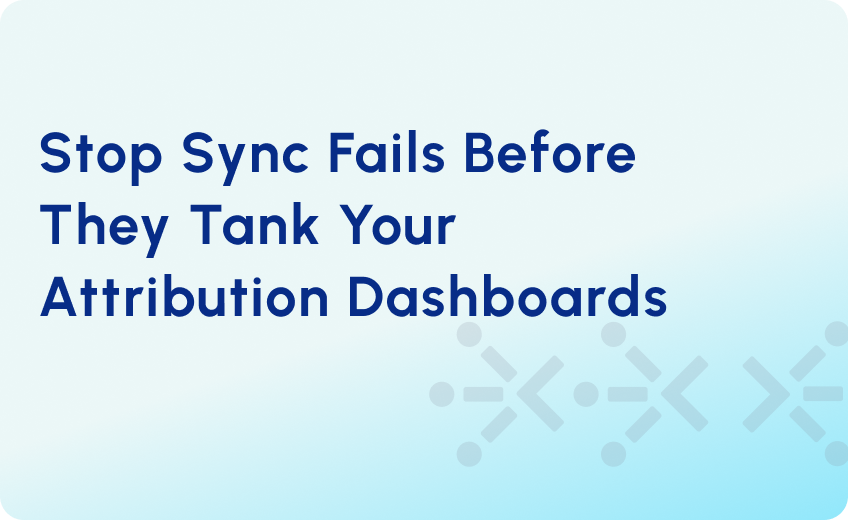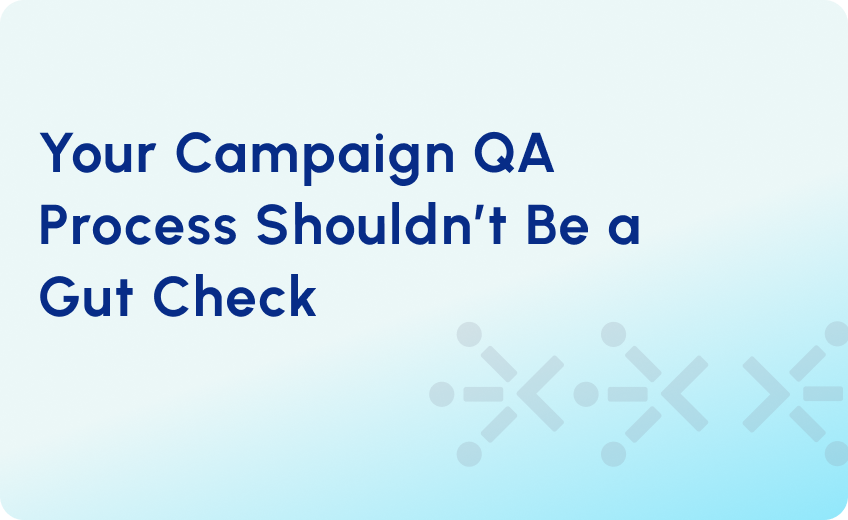
Attribution Stack Audit: A 5-Part Framework for RevOps Teams
When attribution breaks, so does decision-making. Marketing swears by last touch. Sales claims outbound created the deal. Finance questions why the numbers never line up in board decks.
All of this happens because your attribution stack was never designed to agree in the first place.
But an attribution stack audit can solve this! A structured review of your fields, syncs, logic, reporting, and stakeholder alignment, when done right, turns attribution from a political liability into a B2B attribution framework that eventually makes budgeting clearer and campaign influence debates disappear.
This blog explores 5 key steps for attribution stack audit so that RevOps gets recognized as the source of truth.
Step 1: Field Source & Ownership Audit
Field clarity. That’s your first step. If you don’t know which fields feed attribution or who owns them, every dashboard is suspect.
- Where is each field populated: form, API, or manual entry?
- Who owns the field logic: RevOps, MOPs, or sales ops?
- Which fields are editable, and which must stay locked?
Pro tip: One of the best RevOps attribution best practices is to lock down UTM and campaign ID fields to prevent sales or SDR edits that corrupt source tracking. This avoids misattribution at the deal level.
Step 2: Platform Sync & Data Flow Mapping
Attribution fails less because of fields and more because of how they move. A HubSpot Salesforce attribution sync is notorious for losing UTM values mid-transfer or overwriting campaign data with blanks.
This step is about creating a data flow map:
- Define the sync direction (one-way vs. bidirectional).
- Mark where delays or overwrites occur.
- Annotate ownership zones so each team knows where responsibility begins and ends.
Remember, delays of even a few minutes can wipe UTM values if leads get pushed to Salesforce before MAP capture finishes. That’s why documenting sync timing is critical.
Step 3: Attribution Model Logic Review
Clean fields won’t help if your model logic is flawed. This part of the B2B attribution framework ensures every stakeholder is looking at attribution the same way.
Ask yourself:
- Does your CRM rely on campaign influence or custom rollups?
- Are form UTMs consistently passed to opportunities?
- Do you account for both anonymous and known touches?
But what’s the biggest misalignment RevOps teams face? It’s whether to use multi-touch or single-touch. The safe play: build for multi-touch attribution alignment, even if leadership prefers simpler models because reality is rarely single-touch.
Step 4: Reporting Layer Validation
Even when the data and logic are sound, dashboards can break alignment. So, your RevOps dashboard strategy must reflect the attribution framework, or reporting credibility collapses.
Check for:
- Filters that exclude lifecycle stages or deal types
- Attribution grouped by “lead source” instead of campaign ID
- Timeframe mismatches between campaign and opportunity dates
Pro tip: If your HubSpot report and Salesforce report show different attribution numbers, don’t panic. It’s usually a filter misalignment, not a data failure. Running the same logic across platforms is a quick validation tactic.
Step 5: Stakeholder Alignment & Education
Attribution is a tech problem that’s also a people problem. If stakeholders don’t know what the model is or which platform owns the reporting truth, your campaign influence audit will never stick.
Key checks here:
- Do teams know whether you’re using first, last, or W-shaped models?
- Is there a shared definition of what each field means?
- Is reporting ownership clear across RevOps, sales ops, and marketing ops?
Remember, you don’t need perfection. The real goal is alignment. A model everyone understands is better than three competing models across departments.
Audit Outcome: Attribution You Can Defend
By the end of this attribution stack audit, RevOps leaders should be able to say with confidence:
- Which attribution data is reliable and why
- How dashboards are powered, and which are reporting-ready
- What must be fixed before using attribution for budget or resource planning
The biggest shift is attribution moves to a transparent, defensible process that drives trust across marketing, sales, and finance.
Ready to turn attribution chaos into clarity? Book your attribution stack audit today. We’ll uncover gaps, rebuild trust in your data, and give RevOps the authority it must have




